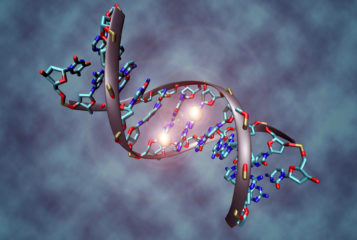A newly discovered mechanism explains why pregnancies last longer in some species than others.
While all mammals follow the same steps to grow from embryo to adult, the speed of progress through these steps differs considerably from one species to another. To understand what governs this speed in different species, Dr Teresa Rayon and colleagues at the Francis Crick Institute compared the growth of mouse and human motor stem neurons. Their findings suggest that the speed of biochemical reactions, rather than gene expression, causes the difference in pace of embryonic development.
Dr Rayon explained, 'Human and mouse motor neurons use the same genes and molecules for their embryonic development, it just takes longer for the process to play out in humans. Proteins are simply more stable in humans than mouse embryos and this slows the rate of human development.'
The team grew motor neuron cells from stem cells, showing that cell development times were not influenced by the environment within an embryo. They also eliminated the role of gene expression by introducing human DNA to mouse cells, which also proved to have no effect on the speed of cell development.
The team then looked to the biochemical changes occurring within cells and discovered a difference in the rate that proteins are broken down and replaced – a process known as protein turnover. Proteins are essential for all cell functions and are formed through the expression of genetic material in the cell.
Dr Rayon likened the difference in developmental speed to dynamics in music, 'it's as if mouse and human embryos are reading the same musical score and playing the same tune but the metronome ticks more slowly in humans than in mice. Now that we've found the metronome, we want to understand how to change its speed.'
The difference in protein turnover is significant as neural precursor cells in mice and humans go through the same stages and gene expression, and so produce the same types of proteins during their development into motor neuron cells. The study concluded that human proteins are more stable than their equivalents in mice, meaning the rate of protein turnover is lower and this slows the rate of human development in comparison.
Dr James Briscoe, who led the team, explained how the discovery might also help us understand how mammals have evolved: 'Changes in developmental time, so called heterochronies, play a profound role in the evolution of differences in body shapes and sizes between species,' he said. 'So beyond practical applications, understanding how the tempo of embryonic development is controlled has the potential to help us understand how different species evolved.'
This research was recently published in Science.






Leave a Reply
You must be logged in to post a comment.